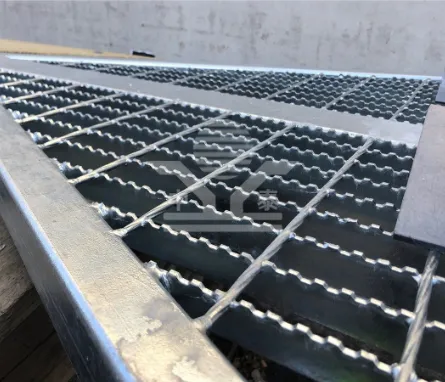Sound Reducing Barriers A Solution for a Noisy World
In our increasingly urbanized and industrialized society, noise pollution has emerged as a significant environmental issue. The relentless clamor of traffic, construction, and industrial activities can adversely affect our health and well-being. This is where sound-reducing barriers come into play, providing an effective solution to mitigate noise pollution and enhance the quality of life in affected areas.
Sound reducing barriers, also known as noise barriers or sound walls, are structures designed to obstruct the path of sound waves. They are typically constructed along highways, railways, and near industrial sites to reflect or absorb sound, thereby reducing the noise that reaches residential areas. These barriers can take various forms, including fences made of acoustic materials, earth mounds, or tall walls made from concrete or steel.
One of the primary benefits of sound reducing barriers is their ability to lower noise levels effectively. A well-designed barrier can reduce traffic noise by as much as 10 to 15 decibels. This reduction has a significant impact, as a decrease of just 10 decibels can make a noise seem half as loud to the human ear. Furthermore, barriers not only protect residents from noise but also contribute to a more peaceful environment, promoting better mental health and overall well-being.
When designing sound barriers, several factors need to be considered to maximize their effectiveness. The height, length, and material of the barrier play crucial roles in determining how much sound is deflected or absorbed. Typically, barriers need to be tall enough to interrupt the line of sight between the noise source and the receiver. The materials used in the construction should have sound-absorbing properties, with concrete and specialized acoustic panels being popular choices.
sound reducing barriers

In addition to their functional benefits, sound reducing barriers can also be designed to enhance the visual appeal of an area. Innovative designs can incorporate landscaping, art, or decorative elements into the barrier structure, transforming what could be a plain, utilitarian wall into a beautiful feature of the landscape. For instance, green walls adorned with plants not only serve as barriers to sound but also improve air quality and provide habitat for wildlife.
Furthermore, sound reducing barriers can play a vital role in urban planning and development. As cities expand and populations grow, careful consideration must be given to the placement and construction of highways and industrial zones. Integrating sound barriers into the planning process can help alleviate potential noise problems before they arise. Local governments and urban planners are increasingly recognizing the importance of these barriers in creating sustainable, livable communities.
Another key aspect is the regulatory framework surrounding noise control. Many countries have established guidelines and standards for acceptable noise levels in residential areas, prompting the need for sound reducing barriers in certain environments. By adhering to these regulations, municipalities can ensure that new developments do not encroach on the peace and tranquility of existing neighborhoods.
In conclusion, sound reducing barriers are an essential tool in combating noise pollution in our modern world. With the ability to significantly lower noise levels, they contribute to healthier, more serene living environments. As our cities continue to grow, the emphasis on incorporating effective noise control measures will only increase. By recognizing the multifaceted benefits of sound reducing barriers, we can create communities that are not only functional but also pleasant places to live.
-
Turn Down the Noise: The Future of Highway Sound Barriers
NewsApr.09,2025
-
Silence the Sound: The Power of Highway Noise Barriers
NewsApr.09,2025
-
Reduce Road Noise Effectively with Highway Noise Barriers
NewsApr.09,2025
-
Noise-Free Living: How Highway Barriers Make a Difference
NewsApr.09,2025
-
Engineered for Silence: Highway Noise Barriers for Every Road
NewsApr.09,2025
-
Effective Noise Control: Highway Barriers for a Quieter Tomorrow
NewsApr.09,2025
Subscribe now!
Stay up to date with the latest on Fry Steeland industry news.

